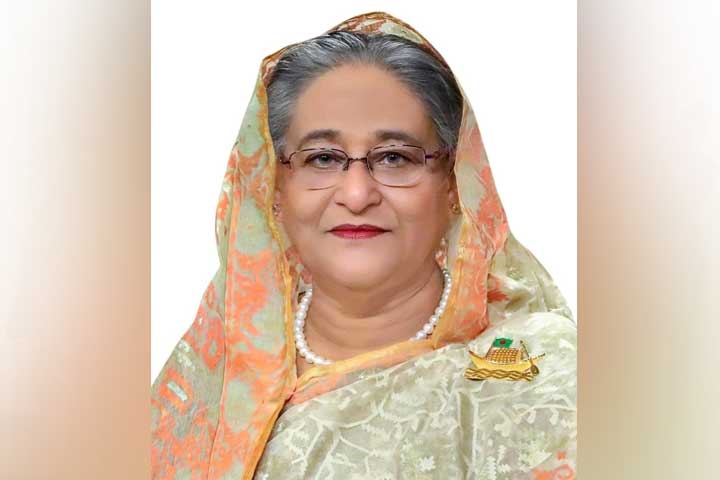India’s export surge: A resilient economic odyssey to $776 billion and beyond

While major economies around the world still seem to be reeling from the after-effects of the Covid-19 pandemic, the Indian economy has a different story to tell altogether. India’s exports have surged to an unprecedented $776 billion, marking a 36 percent increase from just $500 billion two years ago. The country’s goods exports are up nearly 53 per cent in the last two years from a four-year low of $292 billion during FY 2020-21, thanks to the post-Covid surge in the country’s foreign trade.
Although significant challenges remain in the global environment, India has turned out to be one of the fastest-growing economies in the world last fiscal. In the backdrop of a global slowdown, this robust growth trajectory, which is a testimony to the resilience of the Indian economy, is primarily fuelled by three factors:
Services exports grew by 56.4 percent from $206 billion in FY 2020-21. This sharp uptick in India’s service exports in the last two years has ended a period of poor show by the foreign trade sector in the previous five years. This growth is expected to continue further at 25 per cent, majorly propelled by a rapid rise in the exports of small services which include digital marketing, web development and SaaS products. The services sector in India is marked by a young, tech-savvy workforce; abundantly qualified engineers and widespread internet access which are the key contributors to this growth story.
By leveraging its demographic advantages and technological prowess, this sector has managed to seamlessly deliver high-quality services at competitive prices, thereby solidifying its position in the global services hub.
While the IT services category is expanding silently at its own pace, contributing close to 45% of the total services exports, there’s another category that has been pushing the growth. Business services, which include accounting, audit, quality assurance, research and development, management consulting, and building digital and artificial intelligence (AI) capabilities account for 25 per cent of the services exports.
Global Capacity Centers
The surge in exports of business services has also been driven by Global Capability Centres (GCC) or captive technology facilities of large global lenders and MNCs that are primarily situated in India. India now has 1,500 GCCs peppered across the country which employ 1.3 million people.
In fact, 45 per cent of the world’s GCCs are now in India. Overall, this segment is growing at almost double the pace of software services due to the deep talent pool availability of skilled yet lower-cost workers in the country. India’s transformation from Shared Services Companies (SSCs) as cost centers to Centers of Excellence (COEs) to profit-centric Global Capacity Centers is a remarkable shift. Such Global Business Services (GBS) models, often reporting to global CXOs, offer cost optimization, process efficiency, and digital transformation. Similarly, Finance COEs, vital for audits and risk mitigation, leverage India’s talented workforce and technology infrastructure to create strategy, help with systems design, and develop software from scratch. As a result, SSCs, once transactional, have now evolved into strategic value centers.
According to a report by Nasscom and research firm Zinnov, India will be home to around 320 new GCCs by the fiscal year ending 2025 while the market will jump 33 per cent to $60 billion in the same period. With 440+ Finance Shared Services COEs and over 700,000 employees in Tier 1 and 2 cities, India is now a global gold mine. This transition signifies India’s pivotal role as a hub for value creation and profit generation, crucial for global organizations.
Manufacturing Exports
The goods exports are expected to grow at 10 per cent year on year. The continued efforts from the Indian government in the form of government-led schemes on merchandise export, duty exemption, export promotion capital goods, and transport and marketing assistance has greatly helped boost exports. Additionally, government investments in infrastructure, logistics, and transportation have assisted with streamlining the supply chain, and upskilling programs have helped improve the competitiveness of Indian goods.
Initiatives such as the Production-Linked Incentive (PLI) wherein companies get subsidies if they scale up manufacturing in India instead of importing goods into the country, coupled with the China plus One strategy that’s being increasingly adopted by companies to diversify their production and supply chain activities by adding an alternative manufacturing location to China, is also helping India diversify beyond its traditional export segments to sectors such as electronics & semiconductors. Lastly, the government is also encouraging exports by signing free-trade agreements with several countries to ease market access for Indian exporters. In the last three years, India has signed free trade agreements with Japan, Australia, United Arab Emirates, and Singapore and talks are ongoing with the United Kingdom.
While India continues to boast an impressive growth story, we still have a long way to go. The infrastructure costs as a percentage of total production cost for India is much higher compared to its global peers. In 2022, China’s merchandise exports were a whopping 20 per cent of its GDP whereas for India, it is at 11 per cent. Boosting exports in India requires a concerted effort across various fronts.
Doubling down on infrastructure investment, trade financing and working capital financing, and effective cross border payments are some of the ways in which we can address these gaps.
In essence, a comprehensive approach that addresses infrastructure, workforce, payment systems, financing, and trade documentation will provide the impetus needed to elevate India’s exports to new heights, fostering economic growth and global competitiveness.
Comments
McDonald's: Behind the fast-food firm's boycott controversy

Saudi Arabia to celebrate Eid on Wednesday

“The situation in East Turkestan is a global concern”

Three Tanzanian soldiers killed by mortar fire in DR Congo

Ireland: Simon Harris elected new prime minister

China’s real estate crisis: Shanghai-based property giant Shimao Group faces liquidation suit

Myanmar: Junta troops withdraw from border town, rebels say


 Live Tv
Live Tv


